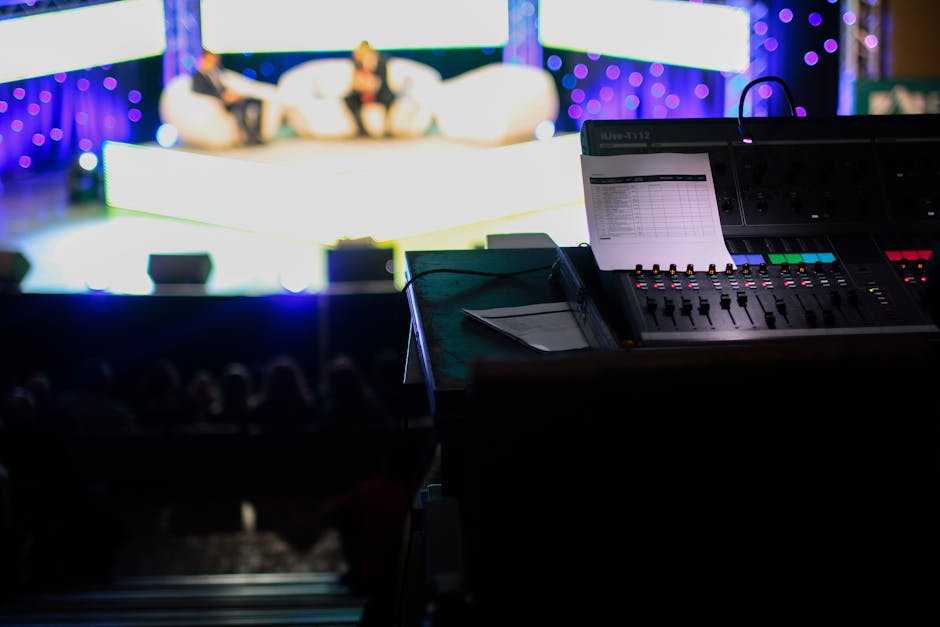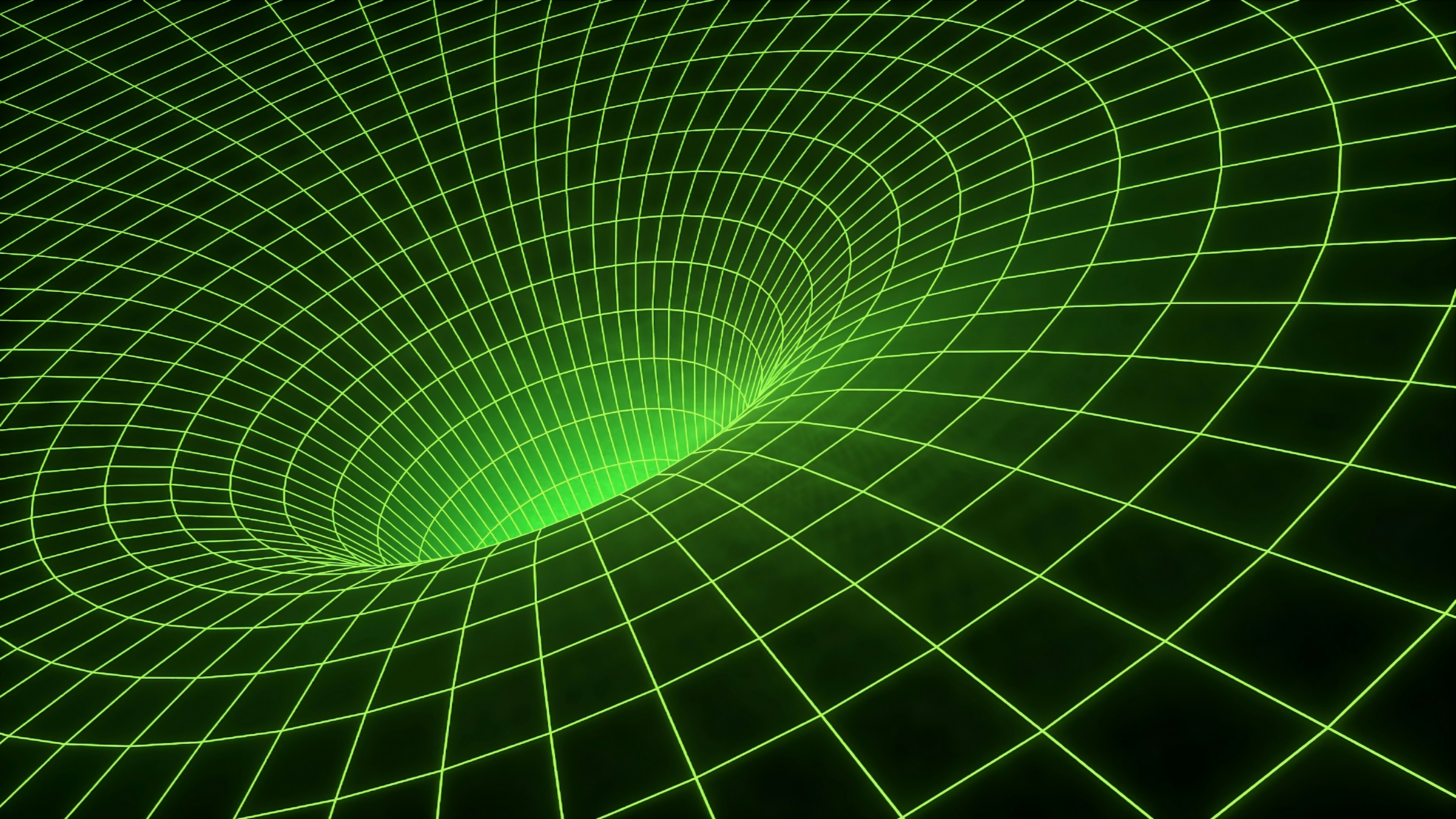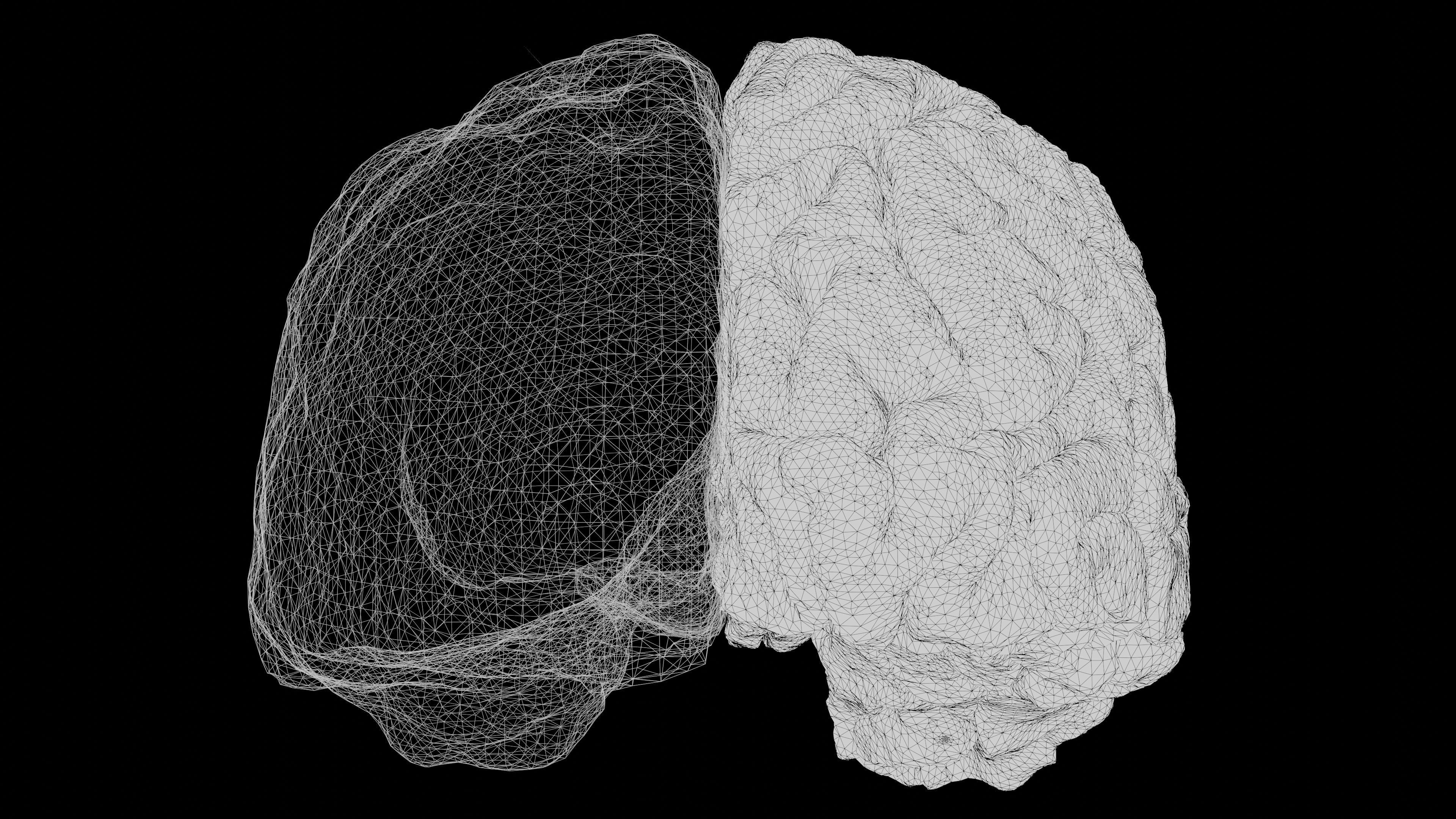Soundscapes in Photography: Enhance Your Visual Storytelling Today!
In the rich tapestry of modern photography, the incorporation of sound may seem like a curious endeavor. However, imagine the powerful emotions evoked through a photograph coming alive with an accompanying soundscape. As photographers seek to push boundaries by telling stories that resonate deeply, the innovative concept of melding audio with visual elements stands out. Through the synergy of images and sounds, we can transport viewers beyond mere visuals, immersing them in the essence of a moment. Let’s delve into how soundscapes can transform your photography, enhancing your storytelling abilities and captivating your audience from the first glance.
The Concept of Soundscapes in Photography

When we think about photography, we often focus on light, composition, and the captured moment. But, there’s a significant layer of storytelling waiting to be unlocked through audio. A soundscape is essentially a sonic environment that immerses the listener in a specific context, evoking emotions and enhancing imagery. Just like photographs can evoke feelings of nostalgia or joy, the sounds that accompany them can reinforce those feelings—imagine the sound of crashing waves with a beach photo, or the distant call of a bird paired with a serene forest image.
Incorporating sound into your work doesn’t only capture the essence of the visuals; it creates a narrative, a multi-sensory experience for the audience. This can be particularly potent in documentary styles or while capturing urban landscapes. For those eager to learn more about how sound influences your photography, don’t miss exploring how audio cues transform your photography.
Why Combine Sound and Visuals?

The juxtaposition of sound and visuals allows for a more compelling story. It not only enhances the mood but can also transform the way viewers engage with the artwork. Photography primarily communicates through visuals, whereas sound communicates through emotions and context. By combining the two, photographers can create a deeper connection between the work and the viewer. The shift from observing a picture passively to engaging with an immersive experience can redefine a viewer's understanding of a scene.
This approach resonates particularly well in environments like street photography, where the ambient sounds—the chatter of people, honking cars, or the hum of a city—can bring the image to life, making it more relatable and vivid. So, as you embark on your photo walks, consider how the sounds around you can infuse energy into your compositions.
Techniques for Integrating Sound into Photo Walks

To truly harness soundscapes in your photography, you need a strategy for integrating sounds while on your photo walks. Here are some practical techniques to consider:
1. Choose Your Environment Wisely

Different environments yield different sounds that can add depth to your images. Forests offer the tranquil rustle of leaves and chirping birds, while city settings can provide a vibrant cacophony of urban life. As you approach a scene, take a moment to listen actively—what audio elements can you capture along with your visuals? This could involve brainstorming how to position yourself to capture both striking images and ambient sounds that resonate with what you want to communicate.
2. Capture Audio Alongside Photos

While taking photos, consider using a portable audio recorder or smartphone app to capture important sounds. This could be anything from the laughter of a child playing in a park to the rhythm of a street musician's performance. Aim for high-quality recordings that match the aesthetics of your photos to create a cohesive narrative.
3. Experiment with Ambient Sound Techniques

Don’t just record sounds; interact with them. Moving through spaces and positioning yourself creatively can influence how sound blends with your visual narrative. For instance, shooting from different angles or using the acoustic properties of a location can enhance both visual composition and sound quality. Observe how light affects your photos and audio reflections—this synergy could reveal new storytelling aspects.
4. Balance Audio and Visuals in Post-Production

Once you’ve captured your sounds and images, the magic continues in the editing room. Editing software allows you to blend soundscapes with visuals cohesively. Here, you can experiment with timing and layering sounds to match the emotions portrayed in your photographs. This is where you build the final narrative. If you want to push your skills further, consider learning more about mastering audio and visuals with unique lighting techniques for stunning photography.
Influencing Composition and Mood with Sound

Photographs often communicate feelings through visual elements like color, light, and texture. However, sound can serve as an additional layer influencing your composition and the mood of your work. Let’s explore how to leverage sound for the desired emotional effect.
1. Create Emotional Ambiance

Sound is powerful in shaping emotions. Consider this: a photograph of a quiet winter scene feels different if paired with the sound of gentle snowfall versus raucous winter winds. When you plan your photo sets, think critically about the ambiance—what sounds match the feelings you aim to evoke?
2. Use Sound to Guide Viewer Expectations

Similar to leading the viewer’s eye through a composition, sound can create expectations. For example, a photo of a bustling city paired with sounds of laughter and conversation will create a vibrant story; while the same image with silence evokes a haunting stillness. What emotional story do you want your audience to step into? Guide them with the appropriate audio cues.
3. Engage the Senses through Multi-layering

Consider multi-layering your audio tracks while editing. A serene landscape photo could be complemented by a bed of soft wind, the distant roar of waves, and the faint birdsong in the backdrop. Each layer creates an immersive experience, reinforcing the story you want your photo to convey. Engaging multiple senses helps in crafting a deeper connection with your audience.
Essential Gear for Capturing Soundscapes

As we explore the intersection of sound and image, let’s address the gear that can facilitate this journey. Investing in the right tools can ensure high-quality recordings to pair with your visuals. Here are a few must-have items:
1. Portable Audio Recorders
A high-quality portable audio recorder is invaluable for capturing ambient sounds. Models like the Zoom H1n or Tascam DR-05 are compact and known for their impressive sound quality. They allow you to record clean audio directly while on location, ensuring sound fidelity that enhances your visual storytelling.
2. Lavalier Microphones
For capturing clear audio from specific subjects, consider using lavalier microphones. These small, clip-on mics can capture dialogue or other focused sound sources without being intrusive. They're excellent for interviews or documentation, enhancing the narrative aspect of your photography.
3. Windshields for Recording Outdoors
When shooting in windy environments, invest in windshields for your microphones to minimize noise interference. This simple investment can significantly improve audio clarity, preserving the beauty of natural sounds without the harshness of wind distractions.
4. Audio Editing Software
Once your sounds are recorded, a robust audio editing software like Adobe Audition or Audacity can assist in fine-tuning your recordings. Learn to edit, layer, and mix audio effectively to weave seamless sound into your visual stories.
For photographers invested in mastering their craft, understanding your gear plays a crucial role. If you're hoping to delve further into essential equipment, check out this guide on must-have camera accessories.
Final Thoughts: The Future of Sound in Photography
As we advance into an increasingly interconnected world, the fusion of sound and photography could shape the very future of storytelling in this visual medium. It invites photographers to think beyond traditional boundaries, engaging audiences on multiple levels.
Are you ready to embark on a new journey, combining soundscapes with your compelling images? Equip yourself with the knowledge and tools discussed, and you’ll soon be crafting extraordinary stories that resonate with every viewer. Remember, while the world you capture through your lens may be visually stunning, enhancing it with sound creates an immersive experience that lingers long after the images are viewed. So, take that next step—experiment with sound, engage your creativity, and let your photos sing their unique melody!



